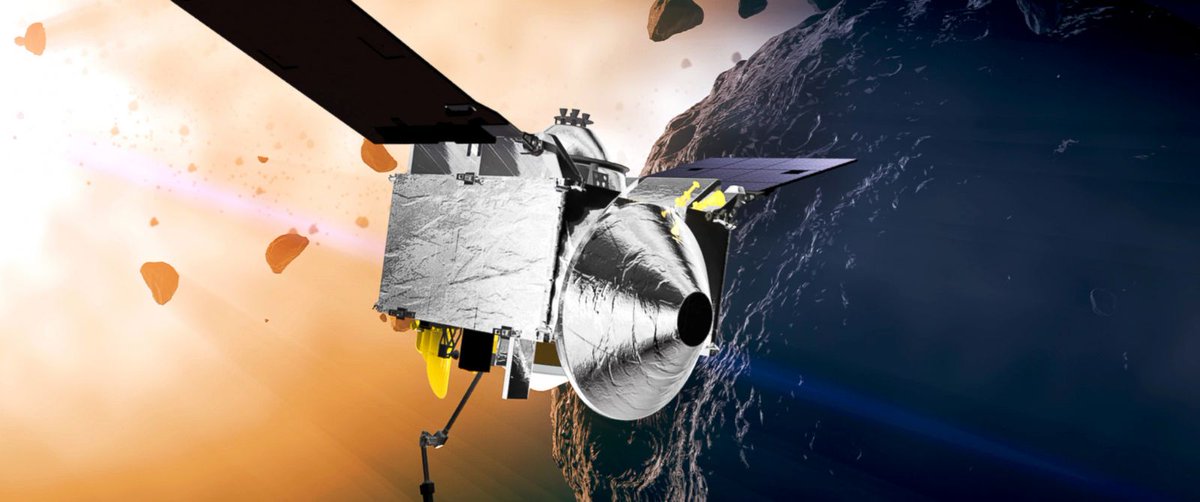In Today’s Deep Space Extra… NASA and commercial space companies study the role of deep space habitats for human Mars missions.
Human Deep Space Exploration
NASA exploration focuses on Deep Space Hab systems and crew health
NASAspaceflight.com (8/5): NASA’s planned deep space habitat would succeed the International Space Station as an agency-run enclosure for astronauts launched on future deep space missions. The plan envisioned for the 2020s would place a modest deep space hab in orbit around the moon, where astronauts would carry out a “shake down” voyage to Mars. The larger strategy includes improvements to life support and fire suppression systems and other hardware needed for extremely long voyages on which resupply would not be possible. Agency managers recently briefed the NASA Advisory Council on planning. Several U.S. companies are involved in habitat development under NASA’s NextSTEP program.
Franklin Chang’s VASIMR plasma engine readies for key test
Tico Times, of Costa Rica (8/5): Ad Astra Rocket Co., led by Costa Rican native and former NASA astronaut Franklin Chang-Diaz, will continue efforts to develop the Variable Specific Impulse Magnetoplasma Rocket as a deep space propulsion source, under the second year of a three-year NASA NextSTEP agreement. The goal is a continuous 100-hour firing of the 100 megawatt prototype at the company’s laboratory in suburban Houston by 2018. The developments would help to prepare the VASIMR for deep space missions.
Apollo 11 lunar sample bag lands at center of lawsuits
Collectspace.com (6/6): A collection pack used by the Apollo 11 astronauts to gather samples of the moon for return to Earth has become the focus of two lawsuits over ownership. One involves efforts by the U.S. government to reclaim ownership of the historic artifact for NASA.
Space Science
4 years on Mars! NASA’s historic Curiosity rover marks anniversary
Space.com (8/5): NASA’s Curiosity rover carried out a successful powered landing on Mars four years ago Aug. 6. Within months, the still operational mechanical geologist succeeded in identifying potentially habitable environments on the red planet — formations where conditions were once suitable for microbial life.
NASA’s planet-hunting Kepler spacecraft bouncing back from glitch
Space.com (8/5): On Friday, NASA’s Kepler space telescope team reported news of a photometer difficulty with the alien planet hunting deep space observatory. The difficultly was discovered on July 28. By Aug. 1, the photometer was working again in an autonomous mode. The cause was still under investigation.
New Horizons space probe still filling in the blanks about Pluto
CBS News (8/5): Well beyond its July 14, 2015 close encounter with Pluto and its moon Charon, NASA’s New Horizon spacecraft continues to transmit data from the historic encounter back to Earth. The imagery reveals a surprisingly geologically diverse and active planetary body. The information gathered from the encounter should be fully back on Earth by the end of October.
Kepler’s ‘alien megastructure’ star just got weirder
Seeker.com (8/5): Speculation continues to swirl around the long-term dimming of the distant star, KIC 8462852, also known as Tabby’s Star. The theories for what’s behind the dimming range from a cloud of comets, to the breakup of a planetary body to a Dyson’s Sphere, an artificial structure assembled by an intelligent race to capture energy from the star.
Venus could have been habitable while life evolved on Earth
New Scientist (8/5): New computer simulations by scientists suggests that the planet Venus may have once had conditions favorable for life. Venus and Earth are similar in size, density and composition.
Low Earth Orbit
China conducts surprise launch of its first Tiantong-1 satellite
Spaceflight Insider.com (8/6): A Long March 3B rocket launch on Friday placed China’s first mobile communications satellite, Tiantong- 1, into Earth orbit. The satellite is the first of an S-band series of communications spacecraft.
China prepares for new round of manned space missions
Xinhuanet (8/6): Preparations are underway at the Jiuquan Satellite Launch Center for the launch of China’s second space station, Tiangong-2, in mid-September. Two Chinese astronauts are to follow with the launch of the Shenzhou-11 in mid-October.
Commercial to Low Earth Orbit
Boeing starts assembly of 1st flightworthy Starliner crew taxi vehicle at Kennedy spaceport
Universe Today (8/7): Coming together at the Kennedy Space Center in Florida under NASA’s Commercial Crew Program, Boeing’s CST-100 Starliner could begin transporting astronauts to and from the International Space Station in early 2018. The program is part of NASA’s strategy to focus on human deep space exploration, while turning over low Earth orbit activities to the U.S. commercial sector.
Major Space Related Activities for the Month
Major space related activities for August 8-26, 2016
Spacepolicyonline.com (8/7): Utah State University hosts the Small Satellite Conference through Thursday, one of several space technology and policy gatherings planned over the next three weeks. Orbital ATK is looking to Aug. 22 for the inaugural launching of its modified Antares rocket from Wallops Island, Va., on a NASA-contracted cargo mission to the International Space Station. Now sporting a new Russian engine, the Antares was grounded after an October 2014 launch loss at Wallops, though Orbital ATK followed with station resupply missions using the United Launch Alliance Atlas 5 launch vehicle from Cape Canaveral, Fla. The U.S. House and Senate are in recess until early September.
Please note, CDSExtra will be on vacation Monday, August 15 through Friday, September 2. Distribution will resume Tuesday, September 6.

